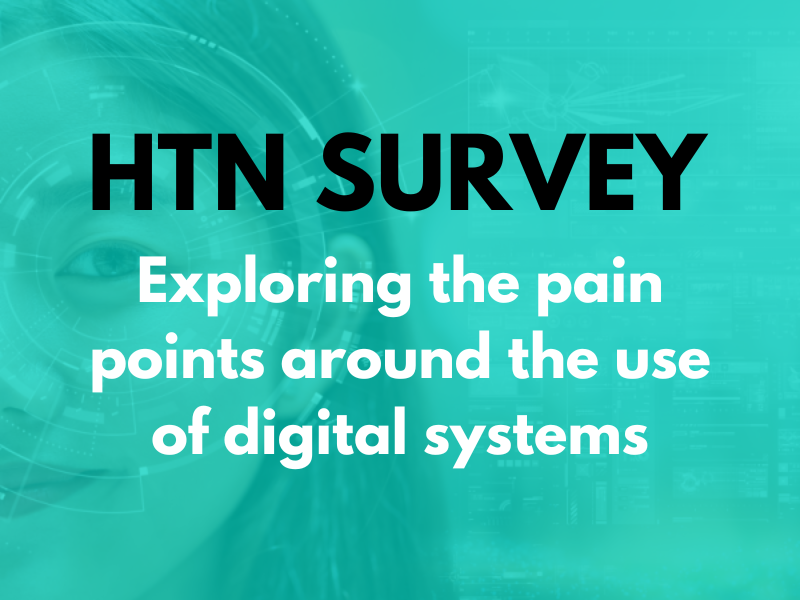Last week, London Ambulance Service NHS Trust board shared a series of updates on current digital, data and innovation work, including an AI and automation programme, infrastructure programme, and data programme.
The board share key areas of focus for its digital & data programme 2025/26, such as the implementation of robotic process automation to reduce repetitive tasks and free up administrative time, and an infrastructure programme aiming to reduce internal critical incidents by 30 percent by April 2026. The programme also involves testing and evaluating of ambient voice tech in clinical settings, the achievement of Cyber Essentials + accreditation, and the improvement of the data warehouse platform to enhance reporting.
An AI and automation programme will look to ambient listening, transcription, and summarisation to reduce post-call time and speed up record completion, according to the update, whilst the trust also plans to explore the automated auditing of calls, language translation and tap in/tap out initiatives to automate ambulance crew time recording, and RPA for “various trust functions”.
Elsewhere, LAS will focus on optimising system infrastructure, implementing automated monitoring and alerting systems, developing its ePCR system with a pilot programme set to review usability and automation opportunities, and developing dashboards to improve data quality and reporting. A data warehouse business case was presented and agreed as a “necessary foundational step” in the trust’s data work, with the future importance of collaboration and modernisation also being emphasised.
The board also share progress on the implementation of the Watson X IBM digital assistant, which has reportedly “substantially reduced” HR admin workload; as well as the implementation of Tortus AI, where “positive feedback from clinical staff using the technology to improve documentation efficiency” was highlighted.
Further digital commitments for 2025/26 under LAS’s annual business plan include the testing and embedding of ambient voice technology and dictation solutions by Q4, and the implementation of an IT operations centre to deliver 24/7 incident management and monitoring.
Digital and data across ambulance services
South East Coast Ambulance Service NHS Foundation Trust launched a market engagement exercise earlier this year for a patient safety and risk digital management platform to “better understand the systems available and their differing abilities”. The notice outlines that the platform must be able to meet a wide range of criteria, including reporting capabilities with real-time updates, multiple risk registers, legal management, data export functions, local dashboards, document repositories, and the ability to link records.
The Association of Ambulance Chief Executives has issued a position paper offering strategic input ahead of the 2025/26 ambulance commissioning review, recognising this as a “pivotal opportunity to resolve longstanding commissioning barriers to optimal patient care delivery”, and highlighting current state lack of integration and use of digital systems.
South Western Ambulance Service NHS Trust recently published a prior information notice for an electronic patient care record solution for its ambulance services. As part of the procurement process, the trust aims to “consider the advantages of open tendering versus the use of different procurement routes”, which includes the use of any relevant public procurement framework or developing an in-house solution. The contract is valued at up to £15 million and is expected to last for a 5-year period, starting from October 2026.






